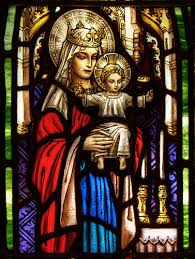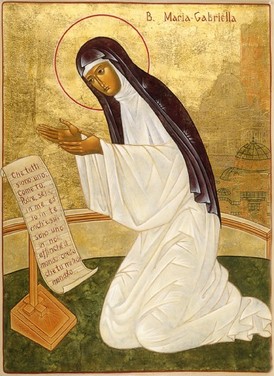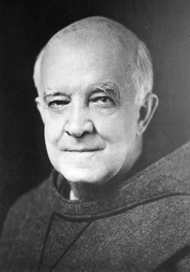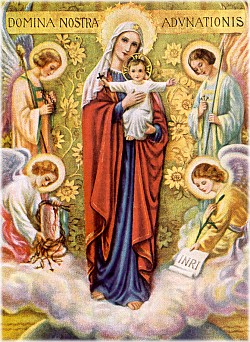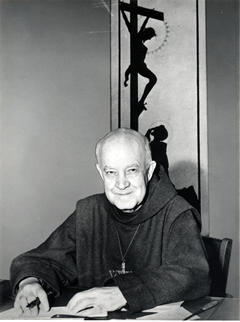The causes of US saints is a key part of this blog. Not long ago, the Congregation for the Causes of Saints granted the Archdiocese of New York the nihil obstat regarding the Cause of the Servant of God, Father Paul of Graymoor.
causes of US saints is a key part of this blog. Not long ago, the Congregation for the Causes of Saints granted the Archdiocese of New York the nihil obstat regarding the Cause of the Servant of God, Father Paul of Graymoor.
Receiving the nihil obstat means that there’s nothing in the Vatican archives to prevent the Cause from moving ahead. Next is for Timothy Cardinal Dolan to officially open the diocesan investigation into the life, virtue and work of Father Paul. This phase is expected to happen later in the year. In June 2014, Wattson was given the title of Servant of God and in November 2014 the US Bishops voted to advance the cause.
The Friars have known Father Paul as the Apostle of Christian unity and charity.
The Friars are in the process of developing Guild to support the Canonization of Father Paul Wattson. The address: PO Box 300, Garrison NY 10524.
At the conclusion of the lengthy diocesan study of the life and holiness of Father Paul will produce the positio, a formal argument for a Servant of God’s canonization. The positio includes a systematic biography of the Servant of God, a summary of testimony and an essay on Father Paul’s spirituality.
Becoming a saint is not a quick and easy process.
